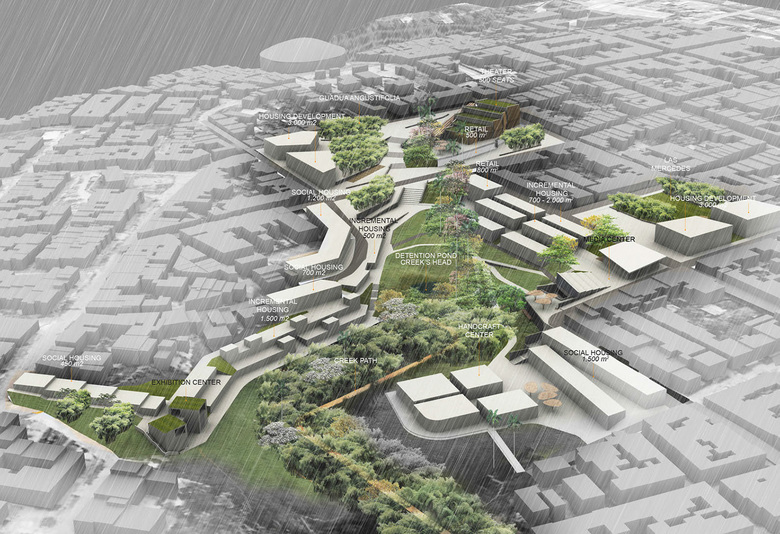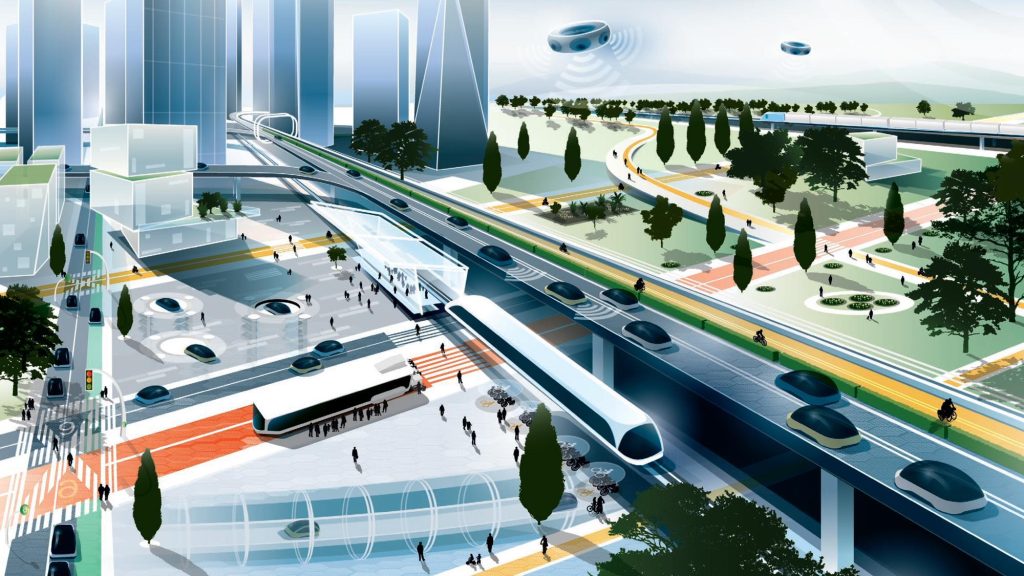Introduction: The Main Urban Challenge
In our rapidly urbanizing world, urban areas house more than half of the global population. The need to address health conditions in these areas is urgent, and sustainable cities have emerged as an essential aspect of public health improvement. A careful literature review of urban design and mental health reveals the critical role that design features and planning play in improving the physical and mental well-being of the inhabitants.

Section 1: Urban Design Features and Wellbeing
Urban Planning and Design
The relationship between urban planning, urban environment, and public health is complex. City design has a significant impact on the health outcomes of the population. Design tools that promote walking and cycling, provide access to health services, and emphasize the creation of open public spaces can significantly improve public health.

Urban Green Space and Neighbourhood Vibrancy
Green space is a vital design feature in urban development. The urban fabric that emphasizes urban green space and open space promotes social interaction and physical activities, leading to better mental health and overall well-being.
Section 2: Sustainable Cities and Communities
Sustainable Development Goals and Health
Urban designers play an essential role in sustainable development, aiming to promote health and the quality of life within urban projects. The significant role of urban planning and design in achieving sustainable cities and communities aligns with global health strategies and sustainable development goals.
Urban Public Transportation and Accessibility
The role of urban public transport cannot be overstated. Public transit systems improve accessibility to health services and physical activities, reduce environmental impact, and ultimately, contribute positively to public health.
Section 3: Challenges and Intervention
Mental Health Problems and Urban Life
Urban areas can sometimes lead to worse health and mental health problems. Urban regeneration projects must therefore focus on human health and create public policies that emphasize people-centric design to enhance the health and quality of life for all.
Systematic Review and Future Prospects
The relationship between public health, sustainable development, and urban design requires constant exploration. A systematic review of interventions that influence urban factors and the center for urban design can provide further insights into positive impact strategies.
Urban Design and Its Impact on Health
The future of urban planning and design lies in sustainable development, focusing on urban vibrancy, and the relationship between public open spaces and health. Emphasizing green space, pedestrian-friendly environments, and sustainable cities and communities can have lasting effects on mental and physical health.
Urban planners and designers must play a significant role in shaping the urban environment to promote a healthy lifestyle and improve the overall health of the population.
Conclusion
The article illustrates the complex connection between sustainable urban design and its vast influence on public health and well-being. By weaving the specified keywords seamlessly into the content, this comprehensive analysis provides insights into the factors that shape urban life today and its impact on the health statistics of our cities. By fostering a better understanding of these critical concepts, we pave the way for more resilient, people-focused urban areas that prioritize health and quality of life.




